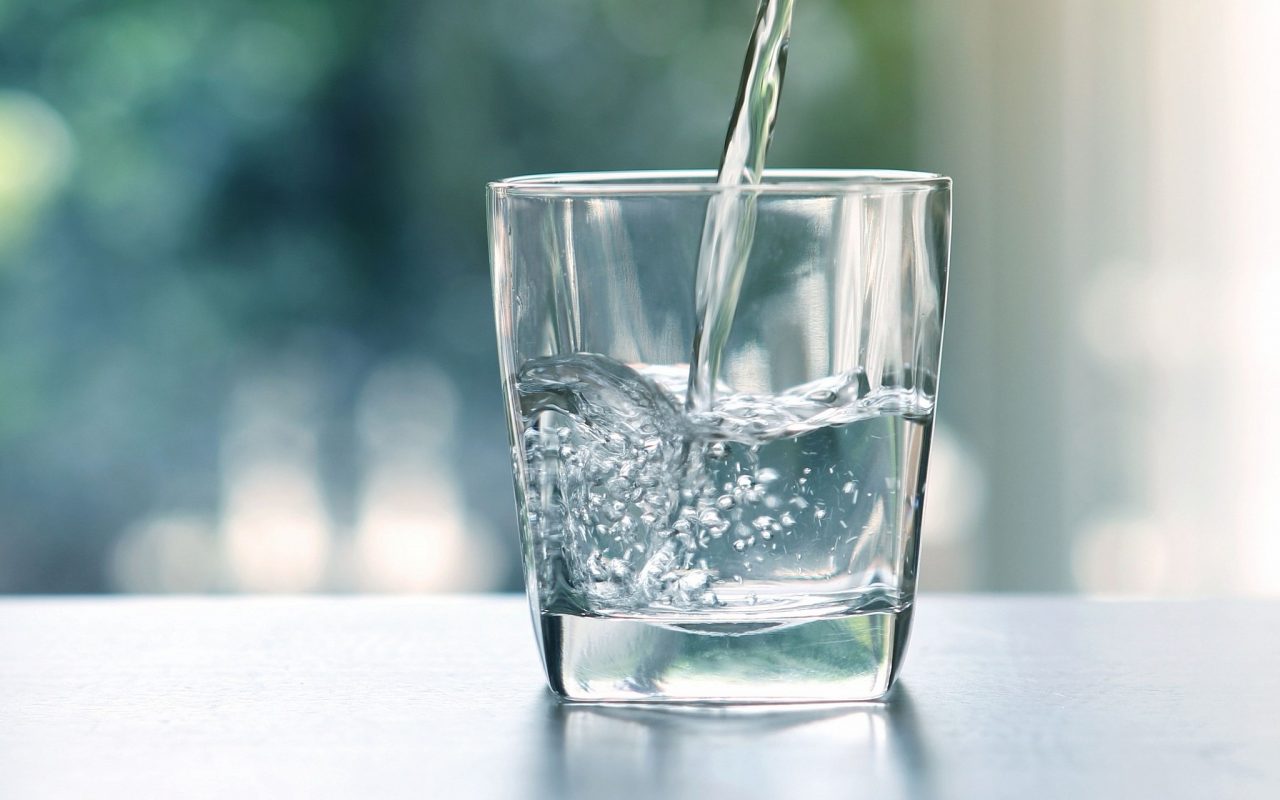How to make your Water Safe for Drinking

When you have consumed all your water supply and you have not yet reached your target destination, you could be dehydrated and would cause further delay in reaching your destination. Dehydration can be prevented. Sometimes, you could have even ignored or neglected the fact that you could get dehydrated. When you are dehydrated, you will experience dizziness, dry lips, headaches and at times, you become nauseous. Dehydration can lead to more severe conditions like heat stroke or heat exhaustion. This is something that you should not ignore because it could be life threatening.
You need to be observant of your trail so you know where to find watering holes just in case you run out of water supply. Water in these areas are not safe for human consumption. Thus, there is a need to purify the water to make it suitable for drinking. The following are the common methods of water purification.
Boiling
This is a reliable way to purify water. However, boiling uses fuel and could take a while. Moreover, on summer days, it is not actually appealing to drink hot water. Furthermore, you will need to filter the water to remove all solid particles especially if the water was taken from a doubtful; water source.
Use of Iodine solution, tablets or crystals
This is an effective and more convenient method. It is also available in different forms you will surely find one that would suit your budget. It has the ability to kill viruses and bacteria. They are lightweight and easy to use. However, it takes about thirty minutes before you can drink the treated water. It is also not suitable for pregnant women. In addition, it has an aftertaste that you might not like. Once you drop the tablet into the water container, shake the container and hold the bottle upside down and have the lid slightly unscrewed to let the iodine to flow into the threads of the bottle cap.
Use chlorine drops
Chlorine has the ability to kill bacteria in water. It is also lightweight, affordable, and easily accessible. You need to wait for thirty minutes before you can drink the treated water. You need to make sure not to put so many drops as it could also be poisonous if used too much.
Use water filter
Water filters can remove bacteria in water. Carbon on the other hand gets rid of the chemicals and awful tastes while iodine coated screens can further remove viruses. Treated water can be consumed after the treatment and the water has no bad taste. However, they are heavier than iodine or chlorine, more costly and needs manual pumping. Also, you will need to clean the filters after the activity and at some point; you will need to replace them after treating several gallons of water.
Use Ultraviolet Light
This looks similar to a small flashlight. You just swish it around in the water for a few minutes and the bacteria can already be killed. This is very easy to carry with you and so easy to use. However, you will need batteries to operate it and batteries could run out. Moreover, the solid particles in the water are not filtered.
